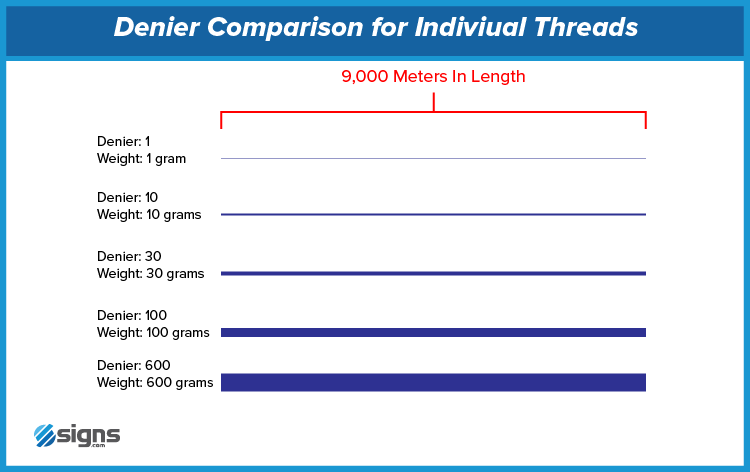Defining Fishing Line Unit
Introduction
Fishing line is very important. It is the only thing that connects you and your fish.
When you think about the tackles, you cannot forget about it. The thickness and strength matter. In the store shelf, you will see a lot of different kinds of lines.
When you select one, you will see thickness indication (in mm) with strength (kg or lb) in Europe, and LB as a main indication with strength and thickness as supplementary information in the US.
In Japan, we use the special unit called gou.
This is one of the most reliable ways of indication for the fishing line.
Explanation
Japanese gou is defined with denier unit.
Denier unit is the unit used for the textile industry. One kind of fiber with “1 denier” has 1g weight per 9,000m length. Therefore, this unit means that the larger denier number means thicker. For example, 200 denier fiber has 200g for 9,000m length.
Note; details for this unit is in below
https://www.signs.com/blog/wp-content/uploads/2018/06/Denier-Comparison-Image-01.png

https://en.wikipedia.org/wiki/Units_of_textile_measurement#Denier
1 gou is 200 denier (with tolerance 200-220 denier), and 2 gou is 400 denier.
And with this definition, all kinds of lines can be indicated with gou.
There is no issue to indicate with gou both for monofilament and for braided lines.
The reason why this unit is useful is this.
When you discuss thickness of lines, it is rather straightforward in monofilament lines. But it matters where you measure on the line. The thickness or the diameter of the line are different within a certain tolerance. And there will be a room for arbitrariness to decide how to measure it.
It is even harder for the braided (or multi-filament) lines. Physically, you cannot measure the thickness of braided line, because it can be deformed when compressed. When you try to measure the thickness it varies depending on the pressure you apply on the line.
Considering the above matters, gou indication is a fair and clear way to indicate the line’s thickness (or volume).
You may question how you know about the strength of the line with gou indication.
Yes. Very important point.
But the strength is also the matter of measurement. It varies hugely depending on how you measure it. Then, it may be better for you to take the strength figure, as a reference. This is the way Japanese anglers are taking.
Conclusion
In Japan, anglers are using gou unit to see the line. It is The way to select the line is different by areas, because the indication manner is different. But when you have a chance to see the lines of Japanese brands, please take a close look at its indication.
